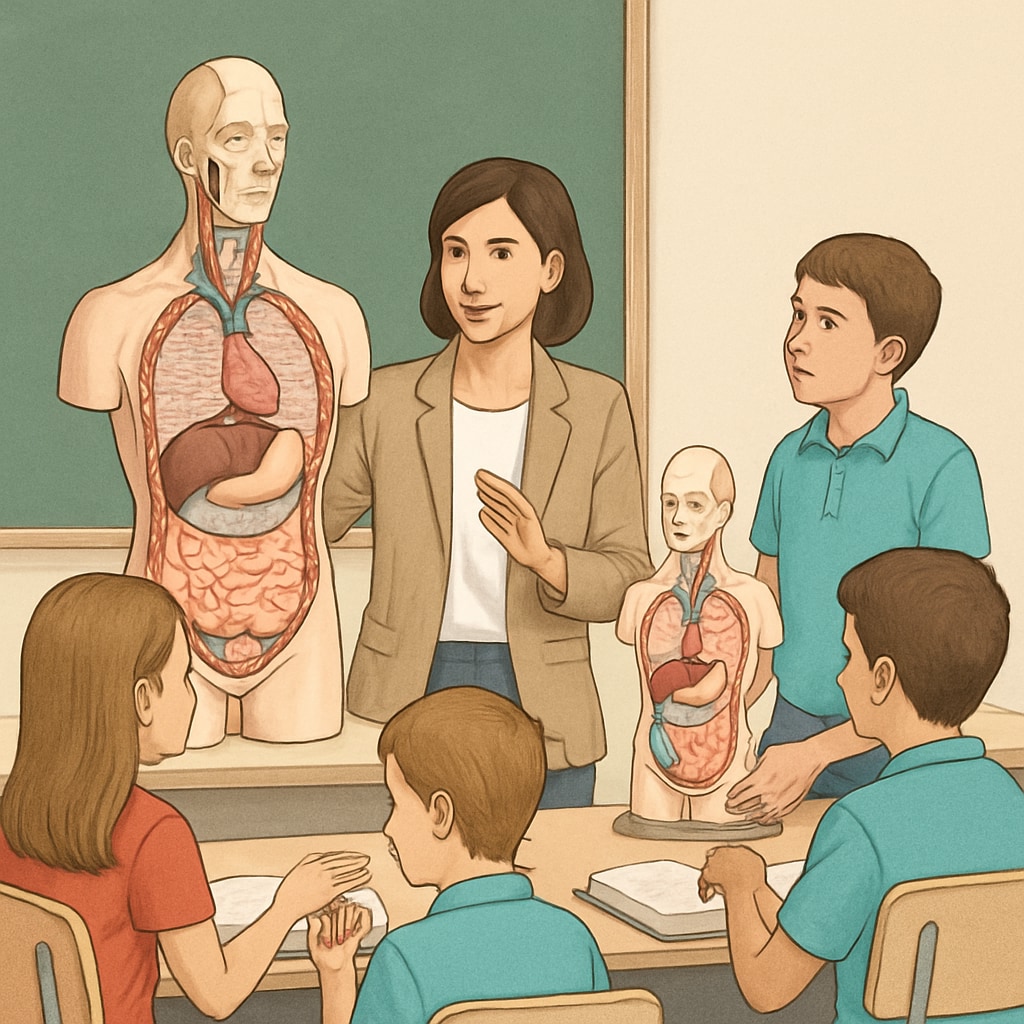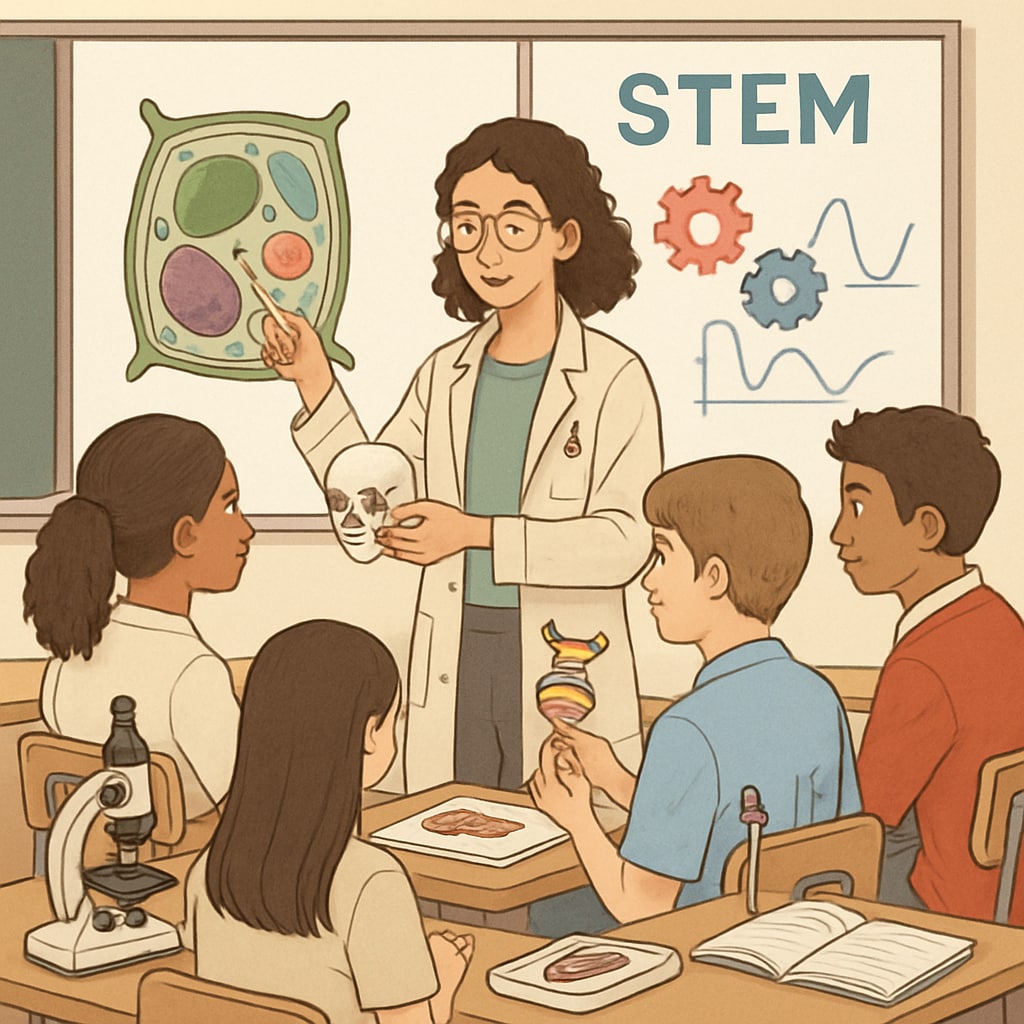Embarking on the journey from a biology background to pursuing an education master’s degree might seem unconventional, but it is entirely feasible and offers unique opportunities for professional growth. This article explores the viability of this academic shift, the distinctive advantages it brings to the field of K-12 education, and practical strategies for making the transition smooth and successful.
Why Transition from Biology to Education? Key Motivations
Many biology graduates find themselves at a crossroads, seeking a career that not only leverages their scientific expertise but also allows them to make a meaningful impact. Education, particularly K-12 teaching, offers a platform to inspire young minds and foster a love for science. By pursuing a master’s in education, biology graduates can bridge the gap between their scientific knowledge and effective teaching methodologies.
Additionally, the growing emphasis on STEM (Science, Technology, Engineering, and Mathematics) education has created a demand for teachers with strong subject-matter expertise. Biology graduates are well-positioned to meet this need, bringing real-world applications of science into the classroom and enhancing students’ learning experiences.

Advantages of a Cross-Disciplinary Background
Biology graduates transitioning to education bring a unique set of skills and perspectives that enrich the learning environment. Here are some key advantages:
- Subject Expertise: A strong foundation in biology allows graduates to teach complex scientific concepts with confidence and clarity.
- Critical Thinking: Biology fosters analytical and problem-solving skills, which are invaluable in designing engaging lesson plans and addressing diverse learning needs.
- Real-World Applications: A background in biology enables teachers to incorporate practical examples, making lessons more relatable and impactful.
- Interdisciplinary Approach: Combining science with education encourages innovative teaching methods that integrate multiple disciplines.
For example, incorporating environmental biology topics into geography lessons or using biological case studies in ethics discussions can create a richer educational experience. Learn more about the importance of biology in education on Britannica.
Steps to Transition: Practical Strategies
Making the shift from biology to education requires careful planning and a proactive approach. Here are some steps to consider:
- Research Education Programs: Look for master’s programs that value interdisciplinary backgrounds and offer specializations in STEM education.
- Gain Teaching Experience: Volunteer, tutor, or work as a teaching assistant to build practical experience and confirm your interest in teaching.
- Leverage Transferable Skills: Highlight skills like research, communication, and analytical thinking when applying to education programs or jobs.
- Network with Educators: Connect with professionals in the education field to gain insights and mentorship opportunities.
- Stay Informed: Familiarize yourself with current trends in education, such as the use of technology in classrooms and inclusive teaching practices.
These steps not only prepare you for the transition but also demonstrate your commitment to the field of education. For additional insights, consider exploring resources on interdisciplinary education, like those available on Wikipedia’s Interdisciplinary page.

Overcoming Challenges in the Transition
While the transition from biology to education holds significant promise, it is not without challenges. Understanding and addressing these obstacles can lead to a smoother journey:
- Adapting to a New Field: Moving from a scientific discipline to education may require adjustments in mindset and skills. Embrace professional development opportunities and stay open to learning.
- Certification Requirements: Depending on your location, additional certifications or teaching credentials may be required. Plan for these in your academic timeline.
- Balancing Theory and Practice: Education programs often emphasize pedagogical theories, which may feel different from the empirical focus of biology. Strive to connect theory with practical applications in the classroom.
With determination and a clear sense of purpose, these challenges can be effectively managed, paving the way for a fulfilling career in education.
The Future of STEM Education: Your Role as a Biology Educator
As STEM education continues to gain prominence, educators with a biology background have a pivotal role to play. By combining their scientific expertise with educational training, they can inspire the next generation of scientists, environmentalists, and healthcare professionals. This interdisciplinary approach not only enriches students’ learning but also addresses the growing need for skilled STEM educators.
In conclusion, transitioning from a biology background to an education master’s degree is not only feasible but also highly rewarding. With the right strategies and mindset, biology graduates can make a lasting impact in the field of education, bridging the gap between science and pedagogy. The journey may be challenging, but the rewards—both personal and professional—are well worth the effort.
Readability guidance: This article uses concise paragraphs, clear transitions, and lists to enhance accessibility. Active voice is prioritized, and technical terms are explained for clarity. Overuse of keywords is avoided, ensuring natural flow and readability.


